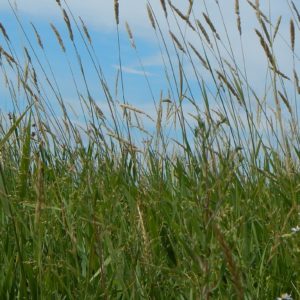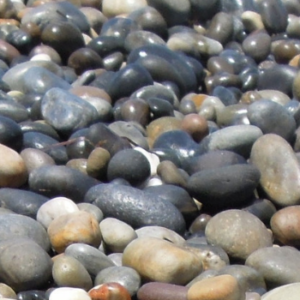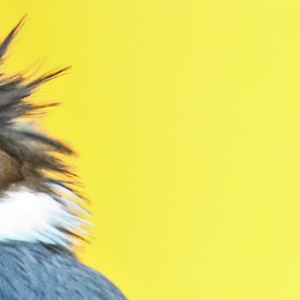Space For Habitat – high tech conservation
I had the good fortune of participating in the annual workshop of Space for Habitat, a fascinating collaborative project of Environment Canada’s Landscape and Technology Division, the Canadian Space Agency, and a wide range of practitioners from government mainly, but also universities, a forester, and myself, the lone NGO representative. Nature Canada’s interest in Space for Habitat grows from our work on federal protected areas for wildlife – specifically National Wildlife Areas and Migratory Bird Sanctuaries. Our immediate work on protected areas is focused on the potential and actual threat of industrial activity in National Wildlife Area (NWA). Given the small number of Environment Canada staff working in the field or enforcing EC regulations in these areas, some of which, like Queen Maud Gulf MBS are absolutely gigantic and extremely remote, we believe that an “eye in the sky” can improve our understanding of what is actually occurring in these places. With the IBA Caretakers program gearing up or rolling along in several provinces, the ability to monitor vicariously remote IBAs, where no Caretakers are likely to venture, is perhaps the only way to regularly assess the status of the habitats.
Space for Habitat is all about using “Earth Observation” technologies; satellites gathering images and data, that allow the potential to detect habitat changes and things like road networks and other signs of human activities where they should not be.
The workshop was a sharing of case studies, of practitioners pushing and testing the technologies’ abilities and limits such as detecting exotic plants colonizing marshes, assessing habitat availability and suitability for bird species and Caribou, monitoring shipping traffic, and defining forest structure. Clearly there is a strong case to be made for using these technologies to monitor aspects of remote areas such as NWAs or IBAs. It does not nor should not replace a human visit, but the reality is that some of the remote IBAs for example may not have been visited in many years and we have no way of knowing what their status is. Nature Canada sees that potential and hopes that it can be put to use to protect nature.



